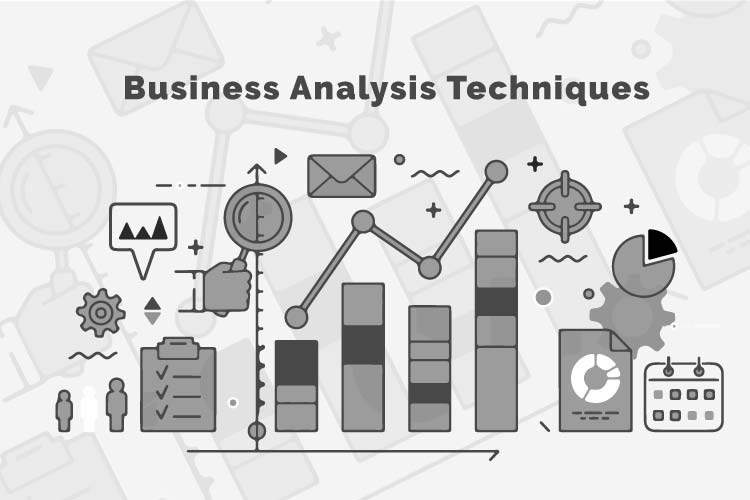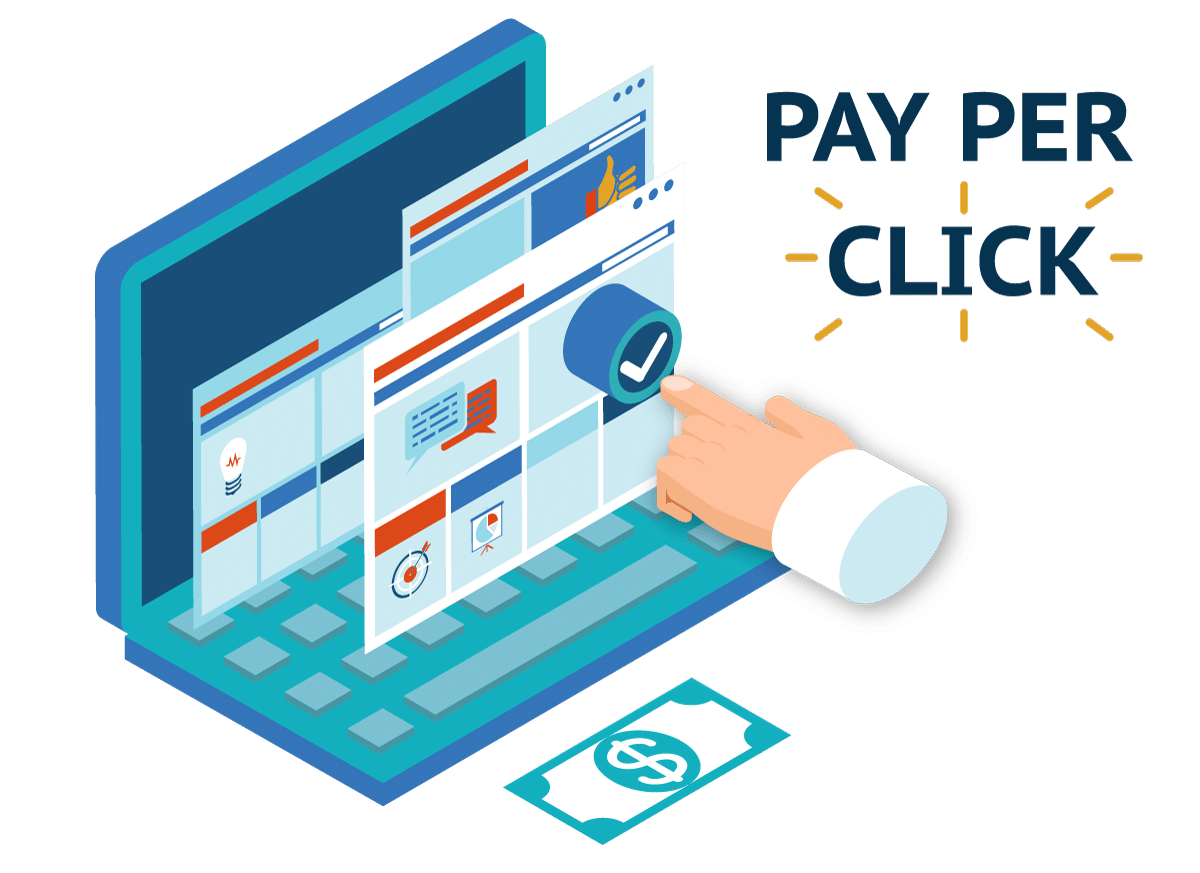
In the dynamic world of e-commerce, establishing a strong online presence is crucial for businesses looking to thrive in the digital landscape. Central to this endeavor is the development of an efficient and visually appealing ecommerce website that not only showcases products or services but also provides a seamless shopping experience for customers. However, the cost associated with building and maintaining an ecommerce website can vary significantly depending on various factors. In this comprehensive guide, we delve into the intricacies of ecommerce website cost to provide businesses with a clear understanding of the investment required to embark on their online journey.
Understanding Ecommerce Website Cost
1. Ecommerce Site Cost Factors
The cost of developing an ecommerce website can be influenced by several factors, including:
- Platform Selection: Choosing the right ecommerce platform, such as Shopify, WooCommerce, or Magento, can impact development costs.
- Customization Requirements: Custom design and functionality tailored to specific business needs may incur additional expenses.
- Number of Products: The size and complexity of the product catalog can affect development costs.
- Payment Gateway Integration: Integration with secure payment gateways for processing transactions is essential and may involve additional fees.
- Third-party Integrations: Incorporating third-party tools and integrations for marketing, analytics, or inventory management can contribute to costs.
2. Types of Ecommerce Websites
- Basic Ecommerce Website: Simple websites with essential features like product listings, shopping cart, and payment processing typically cost between $2,000 to $10,000.
- Mid-range Ecommerce Website: Websites with additional features such as customized design, product search functionality, and inventory management tools may range from $10,000 to $50,000.
- Enterprise-level Ecommerce Website: Complex websites with extensive customization, scalability, and integration requirements can cost upwards of $50,000 and beyond.
Cost Breakdown
1. Development Costs
- Design and Development: The primary expense includes website design, development, and testing, accounting for approximately 40-60% of the total cost.
- Platform Licensing Fees: Some ecommerce platforms require monthly or annual licensing fees, adding to the overall expenditure.
2. Ongoing Expenses
- Hosting Fees: Monthly or yearly fees for hosting services to ensure website uptime and performance.
- Maintenance and Support: Regular updates, security patches, and technical support to maintain website functionality and security.
- Marketing and Promotion: Budget for marketing initiatives such as SEO, PPC advertising, and social media campaigns to drive traffic and sales.
Conclusion
Investing in an ecommerce website is a strategic move for businesses aiming to expand their reach and increase revenue in the digital marketplace. While the ecommerce website development cost may seem daunting, it is essential to view it as an investment in long-term growth and success. By understanding the various factors influencing costs and planning accordingly, businesses can make informed decisions and embark on their ecommerce journey with confidence.










